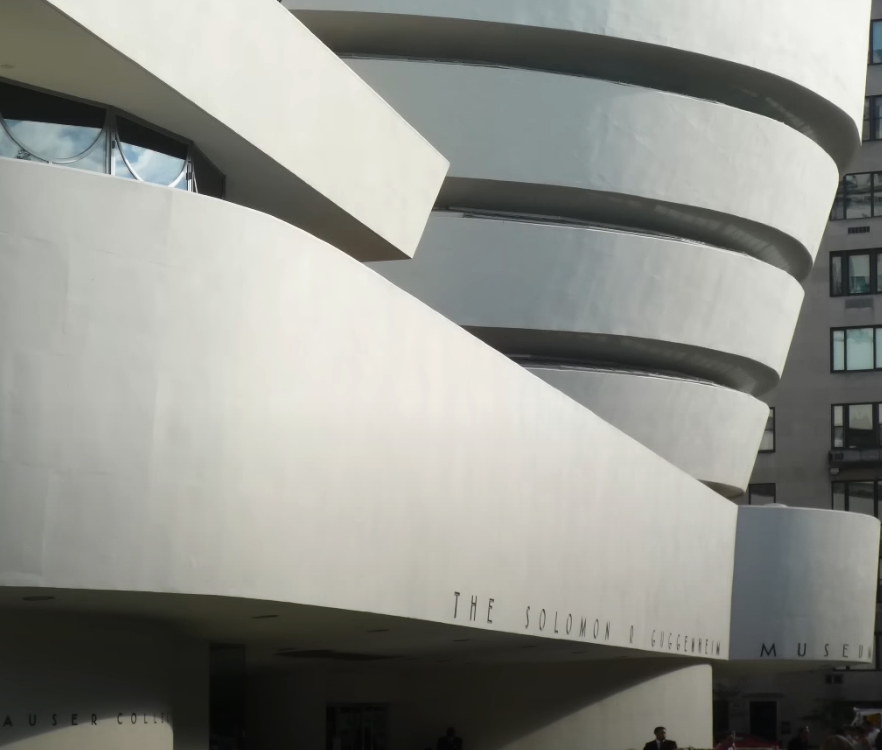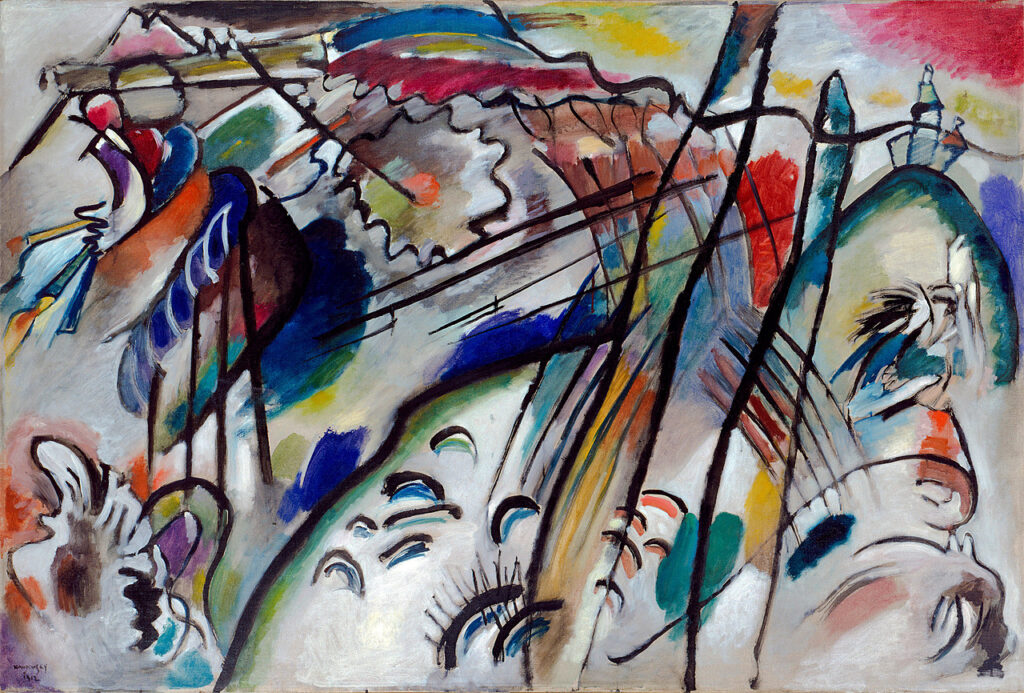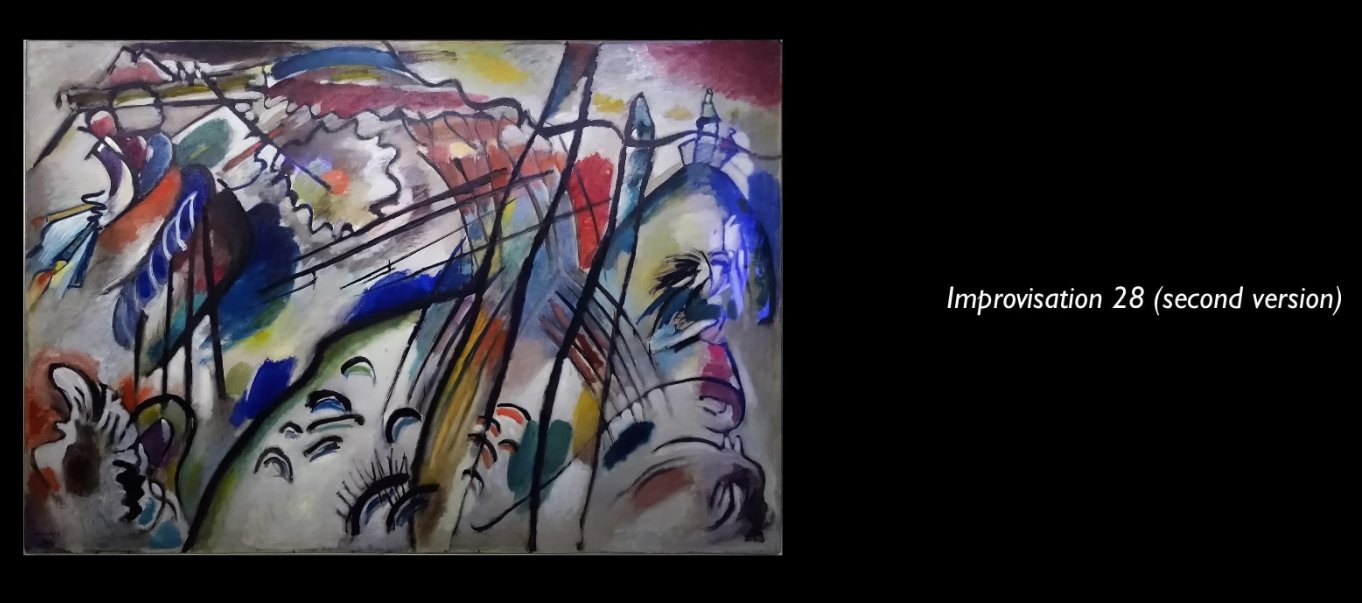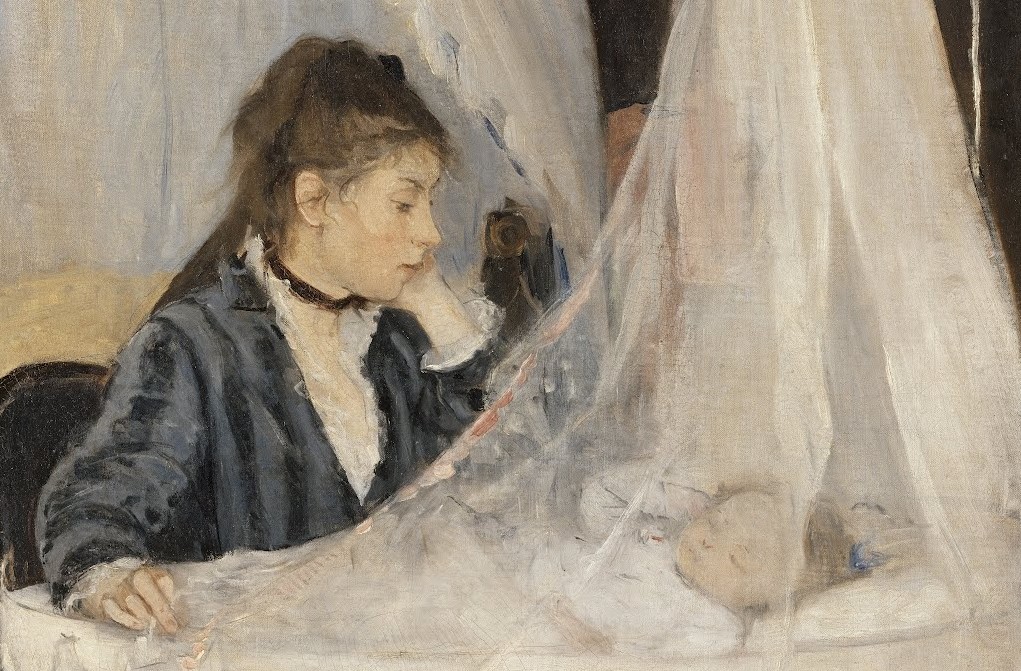Table of Contents

At the heart of the Solomon R. Guggenheim Museum, Vasili Kandinsky’s Improvisation 28, second version, emerges as a unique masterpiece. This article delves into the artist’s connection to music and his vision of spiritual transformation.
Harmonies Unleashed: Kandinsky Improvisation 28 (Second Version)
FULL DESCRIPTION:
Artist: Vasily Kandinsky
Title: Improvisation 28 (Second Version)
Date: 1912
Medium: Oil on canvas
Dimensions: 44 5/16 x 64 inches (112.6 x 162.5 cm)
Artwork Type: Painting

Why the name?
This title is thought-provoking, as it does not describe what is being depicted, but rather adopts the notation commonly used by composers. Unlike paintings that are often named after biblical stories, mythology or places, Kandinsky chooses to associate his work with music, specifically musical improvisation.
The choice of the title, “Improvisation,” reveals Kandinsky’s connection to music. Inspired by composer Arnold Schönberg, he sought to convey synesthesia, allowing viewers to “hear the color” and “see the music.”
Musical Influence
Inspiration and interpretation
Improvisation 28, second version, is a visual composition that goes beyond literal representation. Kandinsky fuses apocalyptic and redemptive elements, using literary sources of inspiration such as “The Revelation of Saint John the Divine“. The horsemen of the Apocalypse dance on a canvas that embraces cacophony and harmony.
Glimpses of Chaos and Brilliance
Looking at Improvisation Number 28, one senses a visual cacophony, a shimmering chaos that evokes a dangerous feeling. Black diagonal lines crisscross, suggesting weapons movements in a hazy space. In 1912, on the brink of World War I, the analogy to war fits perfectly with the political chaos of 20th century Russia.

Key Elements
Exploring the painting reveals elements such as the global flood, canyons, and a couple embracing. Kandinsky defies clarity to keep the emotional interpretation alive, preventing the conscious mind from dominating the experience.

Although the painting initially appears abstract, Kandinsky does not completely renounce recognizable elements of the natural world. He feared that clarity in representation would inhibit our emotional ability to respond to “Pure Color.” In the upper right, we glimpse a mountain with buildings, possibly a celestial city, merging the modern with biblical elements.
The painting, often interpreted as an apocalypse, depicts a battlefield and a flood, alluding to destruction and redemption.


The recognizable lines and arches evoke horses and horsemen, symbols that Kandinsky explores throughout his career, representing both the Four Horsemen of the Apocalypse and the idea of utopian redemption. Vasili Kandinsky used the motif of the horse and rider as a symbol of his struggle against conventional aesthetic values. From his early works in Russia to the abstract landscapes in Munich, he explored transformation through art.
In 1912, Kandinsky believed that artists could lead change in the new civilization of the twentieth century. His radical use of color and independent lines, not intended to imitate or describe, reflects a belief that artists could play a crucial role in building a new era. Improvisation Number 28 is a bold and radical visual expression that challenges the artistic conventions of its time.
Kandinsky’s Improvisation 28, second version, is more than a painting; it is a visual symphony that transcends concrete representation. In this transformative journey, the artist invites viewers to immerse themselves in a unique aesthetic and spiritual experience.
Discover the story behind this masterpiece at the Solomon R. Guggenheim Museum and feel the powerful connection between art and music!

Other works by the Artist:
[the-post-grid id=”3087″ title=”Kandinsky Improvisation 28″]



